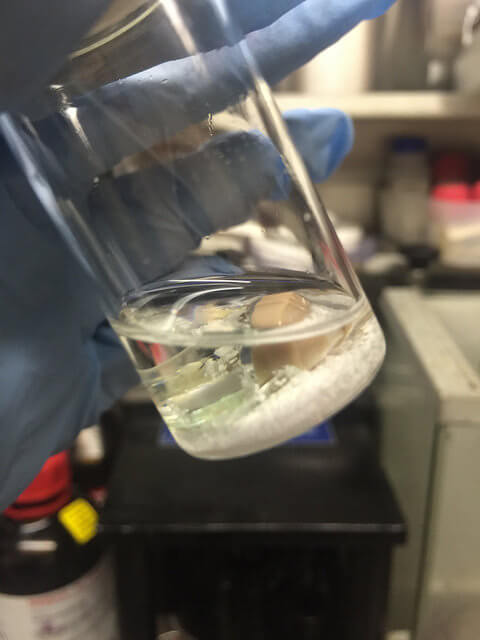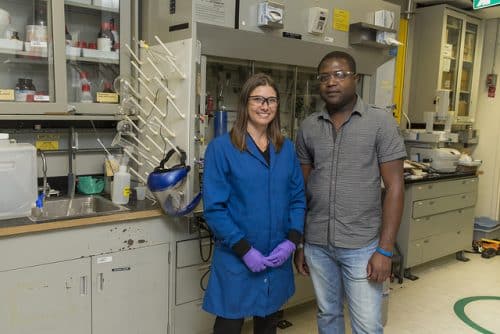The new recycling method improves the effects of polycarbonates on human health and the environment. Together with the prevention of seepage of plastic into the soil, a new type of plastic was created here, safe for use even in sensitive systems such as those that handle drinking water and items of medical equipment.

Every year, 2.7 million tons of polycarbonate plastic are produced in the world - which is used to make common products in every home such as CDs, baby bottles, eyeglass lenses and cell phones. Over time, the polycarbonate breaks down and emits BPA - a substance suspected of having an effect on the brain. In 2008, baby bottles were taken off the market, due to these suspicions.
Researchers at IBM's Alameda Laboratories, in California, have discovered a new one-step chemical process that turns polycarbonates into safe plastics for use in areas such as water purification, optical fibers and medical equipment.
The method being studied at IBM includes adding a reactor of fluoride, which is a basic material (similar to baking powder), together with heating used CDs in order to create a new plastic that exhibits chemical resistance and temperature resistance at higher levels than those of the original material. The new material created in the process is characterized by greater strength, which prevents BPA leakage in the future decomposition process.
The new recycling method improves the effects of polycarbonates on human health and the environment. Together with the prevention of seepage of plastic into the soil, a new type of plastic was created here, safe for use even in sensitive systems such as those that handle drinking water and items of medical equipment.

During the research, IBM researchers used a combination of a computerized prediction model system and laboratory work. The findings of this research are also used for the promotion and improvement of cognitive computing systems, intended to assist in the discovery processes of new materials. The scope and complexity of the world of materials research today pose a particularly great challenge to researchers working hard to discover new materials. As part of the activities of the IBM Institute for Advanced Scientific Research, researchers combine the existing knowledge and expertise in the world of informatics, polymers and other materials to build prototypes of systems that will allow information to be derived, organized, analyzed and present new predictions and insights from data systems relating to various types of materials. Leveraging the existing scientific knowledge together with faster calculation systems, allow the new cognitive tools to accelerate the rate of discovery of new materials.
IBM's advisory system for scientific discoveries, Watson Discovery Advisor, is a good example of cognitive systems that help researchers in the fields of medicine in the discovery of new molecules that show potential for use in pharmaceutical medical treatment.

One response
Or once the researcher accidentally got the glasses into the mix and she turned it into a discovery.